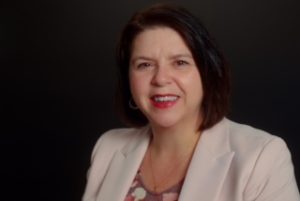Gentle Answers, Harsh Words
A gentle answer turns away wrath, but a harsh word stirs up anger. Proverbs 15: 1 (NIV)
I was recently involved in a group email situation at work that became a flurry of harsh words rather than gentle, respectful breeze of give-and-take.
The problem began when a part-time employee asked for a simple exception to the typical pay scale for a certain type of work. The initial email gradually expanded to include another, higher layer of decision makers. As the email chain grew and the number of people weighing in on the issue increased (often without reading previous emails for context), the messages became more and more terse. Everyone was after their pound of flesh, even though the final decision had already been made.
In the end, the employee received just compensation. It should have been a satisfying conclusion, but it was not. Why? Because the communication climate that developed throughout this electronic interchange was decidedly negative.
In 1961, communication researcher Jack Gibb published his theory about communication climate.[1] He argued the interaction we have with others creates a climate based on the words or nonverbal communication we use, and on the way we make others feel. Gibb described two different types of climates that can develop as soon as people begin communicating: a defensive climate or a supportive climate.
The defensive climate develops from individuals who: (1) use evaluative language toward another; (2) want to control, (3) have a strategy, (4) maintain neutrality or lack of care for the other, (5) see themselves as superior, and (6) are certain they are right.
On the other hand, a supportive climate develops when individuals (1) focus on description of what is happening rather than evaluating another, (2) pursue solutions to the problem rather than having their way, (3) spontaneously interact without agenda, (4) demonstrate empathy for the other, (5) exhibit equality, and (6) are open to hearing other ideas than their own.
How does a simple request like the one that our part-time employee asked that has no right or wrong answer turn so quickly into a negative experience characterized by a defensive communication climate?
The Proverb writer boiled the reality of communication climate down into two distinct categories as well: harsh words vs. gentle answers. The next time you have an opportunity to build a communication climate, choose providing gentle answers and building a supportive climate rather than harsh words that build a defensive one.
Reflection: Think about the last interaction you walked away from with a negative feeling even though the outcome of the communication may have been fine. What specific defensive characteristics (either yours or another person’s) could you point to in that interaction?
Today’s Challenge: Notice in your electronic and face-to-face interactions today the defensive and supportive characteristics you see from your own communication. Choose one defensive characteristic you tend to use most often and work to replace that with a supportive or gentle characteristic instead.
–Donna M. Elkins, Spalding University
[1] Gibb, J. R. (1961). Defensive communication. Journal of Communication, 11(3). 141-148. https://doi.org/10.1111/j.1460-2466.1961.tb00344.x

